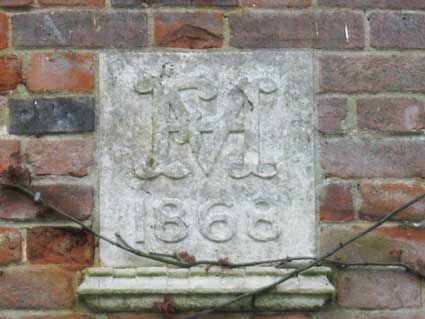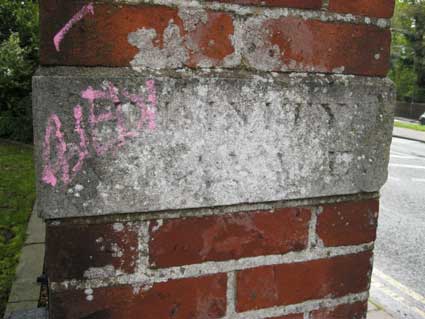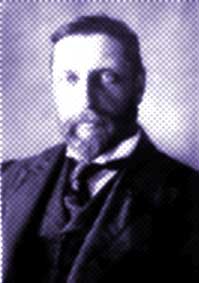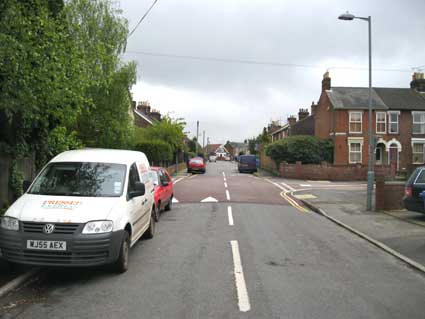

 William Ewart
William Ewart John Glyde
John Glyde High Street Museum date
High Street Museum date
 Ipswich
County Library date
Ipswich
County Library date

 2013 image of Trinity Lodge
2013 image of Trinity Lodge



 2014
images
2014
images

 2012
images
2012
images

 Click here for more on St
Bartholomew's Church / Alan Road Methodist Church
Click here for more on St
Bartholomew's Church / Alan Road Methodist Church 2012
image
2012
image

 Andrew
Carnegie
Andrew
Carnegie Felix Thornley Cobbold
Felix Thornley Cobbold Lord Elcho
Lord Elcho H. Rider
Haggard
H. Rider
Haggard Rev.
Wickham Tozer
Rev.
Wickham Tozer
